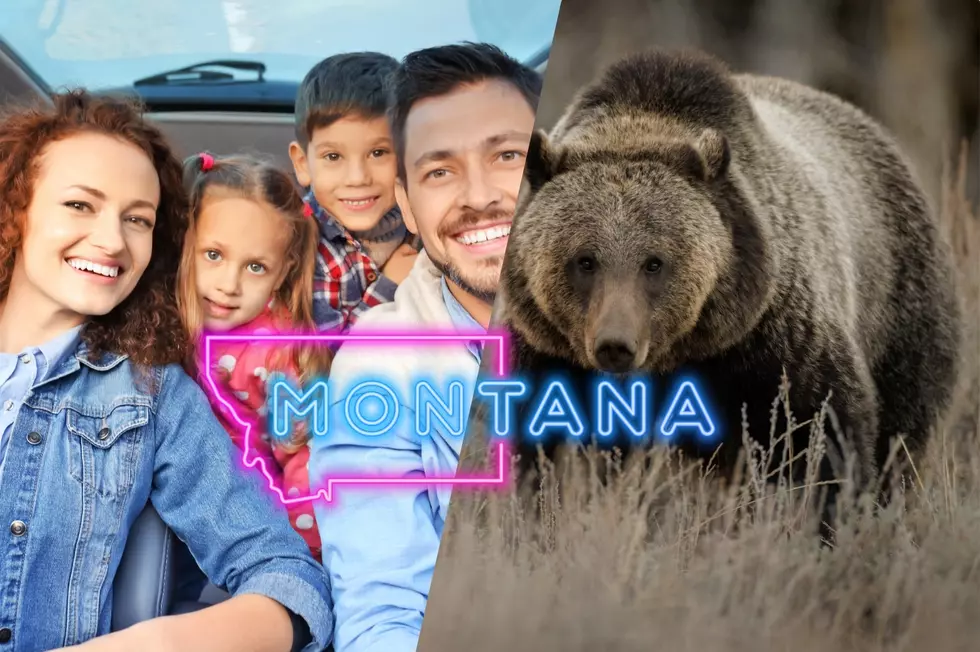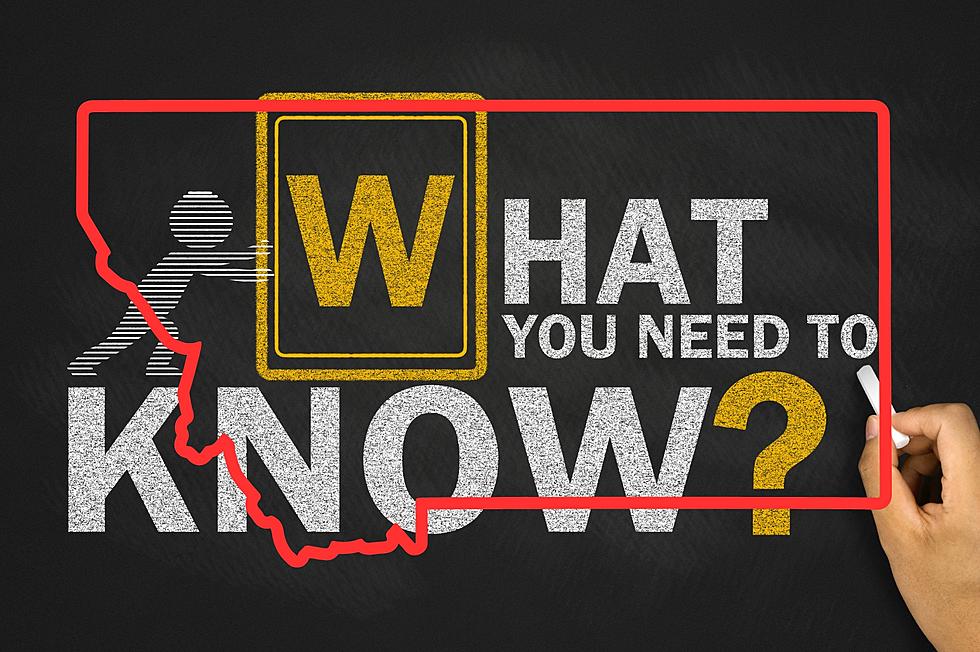
8 Things You Need to Know About Yellowstone’s Winter Season
If you're planning on visiting Yellowstone National Park during the winter, there are some essential things that you need to know before you go.
Winter is an excellent time for visiting Yellowstone National Park. Mostly, because you don't have to deal with so many people. You can experience one of the most pristine places in the world without dealing with large crowds of tourists.

The winter season in Yellowstone National Park begins Thursday, Dec. 15. Conditions permitting, most park roads will open to over-snow travel by snowmobile and snow coach.
9 Things You Need to Know About Visiting Yellowstone National Park During the Winter
- Most Park Roads are Closed to Automobiles: The only exception is the road between the North and Northeast entrances, which is open to automobiles all year, conditions permitting. Check the road status map before you leave. Drive cautiously and watch out for snowplows. Do not stop, stand, or walk in the road. Use a pullout if you need to stop for any reason.
- Want to see Old Faithful?: Park partners and concessioners offer a variety of guided trips throughout the park during the winter months. Authorized businesses also offer guided tours for a variety of activities.
- Services are Limited: Most facilities are closed during winter. Check winter operating hours for visitor centers, stores, restaurants, lodges, and warming huts. Fill up on fuel and pack extra food and water.
- Camping and Lodging: Due to the historic flood event this summer, the Old Faithful Snow Lodge is the only winter lodging in the park. Make reservations as far in advance as possible. Lodging is also available in nearby communities. There are currently no campgrounds open for the winter.
- Prepare for Winter Conditions: Winter temperatures range from zero to 20°F (-20°C to -5°C) throughout the day. Sub-zero temperatures are common, especially at night and at higher elevations. Check current weather conditions, pack proper clothing and equipment, and check winter safety tips.
- Do Not Approach or Feed Wildlife: The safest way to view wildlife is through a telephoto lens, a spotting scope, or a pair of binoculars. Stay 100 yards from bears and wolves and 25 yards from all other wildlife. Animals always have the right of way. Expect to encounter bison and other wildlife on park roads. Slow down or pull over until they pass or move off the road.
- Stay on Boardwalks: People have been severely injured or killed by breaking through the thin ground in thermal basins or falling into hot springs. Snow-packed boardwalks can be slippery, especially near thermal areas. Wear traction aids over your shoes or boots.
- Connectivity is Limited: You will likely not receive calls or texts, even in the few areas you have cell service.
Winter travel ends in mid-March when plowing crews begin to clear a winter’s worth of snow. Roads will start to re-open to automobiles in mid-April. For more information about visiting Yellowstone National Park during the winter, click here.
25 Mind-Blowing Photos of Devastating Flooding in Montana
What to Pack in Your Montana Winter Emergency Travel Kit
Adventures of Yellowstone National Park! Pictures That Make You Love The Park!
More From My 103.5 FM









